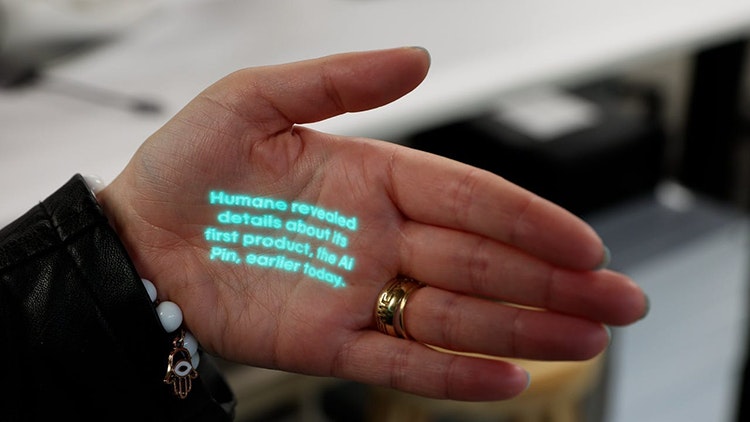What do you think the AI landscape will look like in 2024?

Next year, design is going to begin its largest transformation of our discipline. Artificial intelligence entered the world’s focus this year, but next year will bring integration. While we have a lot of concerns to work through (i.e. bias, deep fakes, etc.) as a society, there’s no way to ignore the power and possibilities that have been unleashed. AI is changing what we make and how we make it.
Starting with what we make, designers will need to redefine the way humans interact with products that have increased intelligence and capabilities. We will move beyond basic chatbots and interfaces will become increasingly sophisticated multi-modal, real-time experiences like what we’re seeing with emergent tools like tldraw or Krea AI. Designers will need to reshape the way we interact with technology by finding opportunities at the intersection of designing for people and business.
On the flip side, the way we make things is being redefined by generative AI, challenging workflows and personal identities. Designers must hone in on their ability to define what should be made and why, as GenAI provides the ability for nearly anything to be made at a rapid pace. Even though design tools are becoming increasingly democratized, designers will be best positioned to become the most effective AI art directors and curators. As identified in the AI Playbook for Design Teams, creatives will require reskilling and retooling across all design teams.
As we shift towards more approachable interfaces like Midjourney’s new web-based UI, it appears that prompting will get easier; however, the reality is that prompting is a new and critical skill with a lot of depth that all designers must learn to translate their vision into reality. Natural language prompting doesn’t replace the importance of understanding the why behind our work, translating opportunities into vision, and bringing them to life. Generative AI will aid all of these steps, but not replace the importance of the creativity behind it. Meanwhile, the industry will begin to redefine designers’ expectations, roles, and responsibilities. It’s no longer a hypothetical, but a priority for leaders and teams to get on board and develop a new way of creating.
These paradigm shifts offer a world of creativity, making it the year of creative emergence. AI is like a super pencil, giving designers the power to make things they wouldn’t have previously imagined. It will begin to remove barriers, changing the way we define ourselves and our role in crafting the things we make. More people will create. More designers will create things they haven’t imagined. It’s time to reinvent ourselves, as technology reinvents the possibilities.
What was your favourite AI-based design project of 2023, and why?

The Humane AI Pin challenges the way we think about interfaces and interacting with technology. Since the launch of the iPhone, we’ve been obsessed with screens to the point where they’ve changed the way we interact with the people around us—and often, not for the better. Humane proposes we leverage technology without it getting in the way. It challenges the status quo, even if it’s not the final destination. Bonus: it’s wearable technology that takes on a form-factor that isn’t the stereotypical male fashion piece. Instead, it offers something more neutral for more people.
Another favourite is Hoefler Fiction Inventions—an exploration of what could’ve been using Midjourney, beautiful and curious

- Design disciplines in this article
- Industries in this article
- Brands in this article






